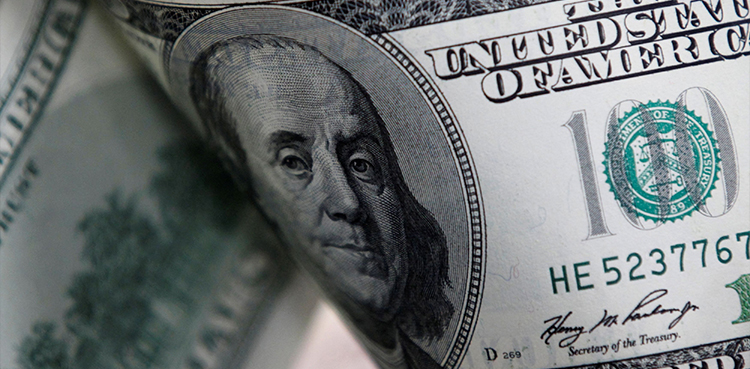The U.S. dollar rose on Thursday, as U.S. jobless claims applications fell and the labor market showed resilience.
The dollar index, which measures the greenback against six major peers, rose 0.13 percent to 103.5739 in late trading.
Applications for unemployment benefits dropped by 11,000 to 239,000 for the week ending Aug. 12, down from 250,000 the previous week, the Labor Department reported Thursday.
The U.S. dollar was swinging between gains and losses after the report, before it was influenced by surging U.S. Treasury yields and hit a two-month high of 103.59.
“The labor markets are not imploding,” said Christopher Rupkey, chief economist at FWDBONDS. “The economy may be heating up instead of cooling down as the monetary medicine of higher 5.5 percent interest rates is not slowing aggregate demand like the economics textbooks say it should.”
A separate report showed that U.S. e-commerce retail sales for the second quarter rose 2.1 percent quarter over quarter to 277.6 billion U.S. dollars, trailing the prior quarter’s 3 percent climb, the U.S. Census Bureau said Thursday.
In late New York trading, the euro decreased to 1.0857 U.S. dollars from 1.0879 dollars in the previous session, and the British pound increased to 1.2728 U.S. dollars from 1.2725 dollars.
Despite a sharp drop in Britain’s headline inflation rate, key measures of price growth monitored by the Bank of England failed to ease in July, boosting bets that the bank will keep rates higher for longer.
The U.S. dollar bought 146.0890 Japanese yen, lower than 146.2300 Japanese yen of the previous session. The U.S. dollar was down to 0.8797 Swiss francs from 0.8800 Swiss francs, and it was up to 1.3546 Canadian dollars from 1.3535 Canadian dollars. The U.S. dollar rose to 10.9363 Swedish krona from 10.9211 Swedish krona.
















